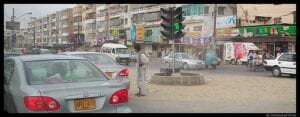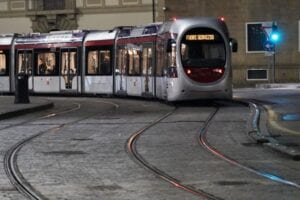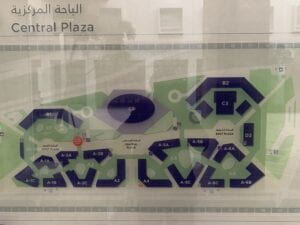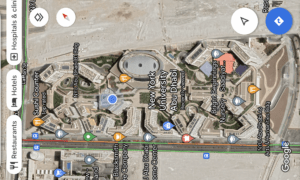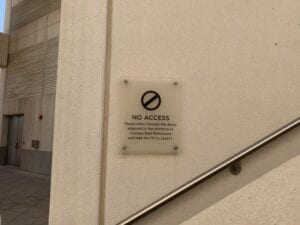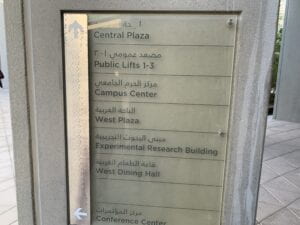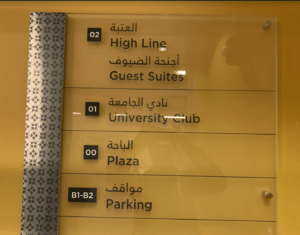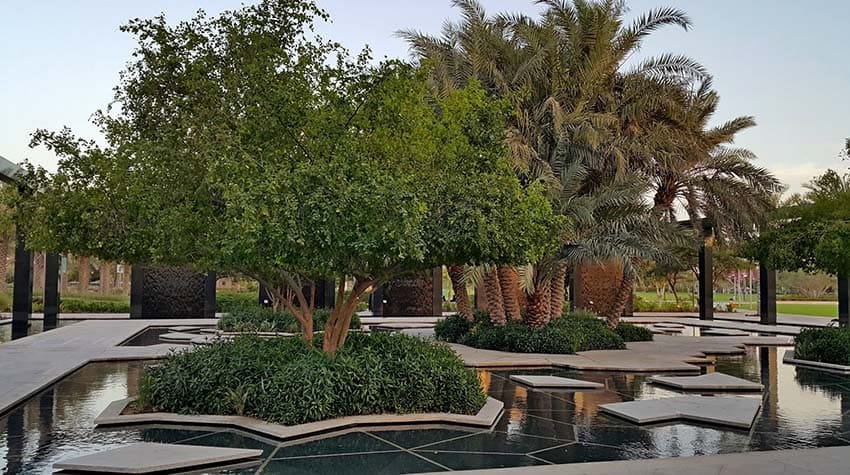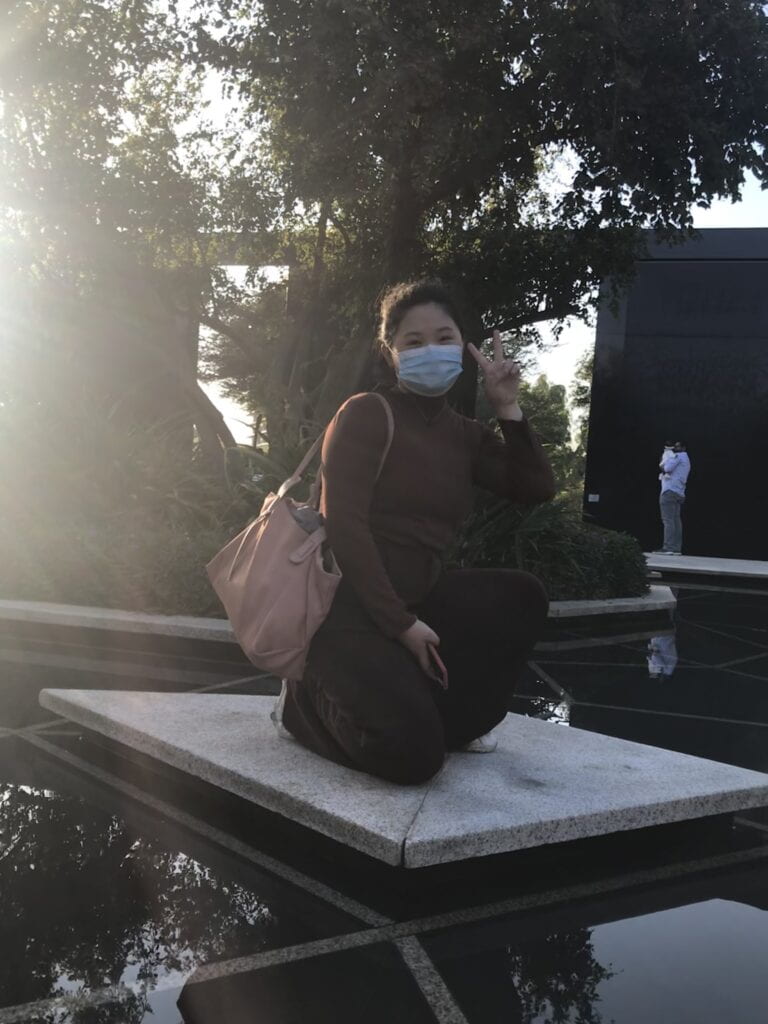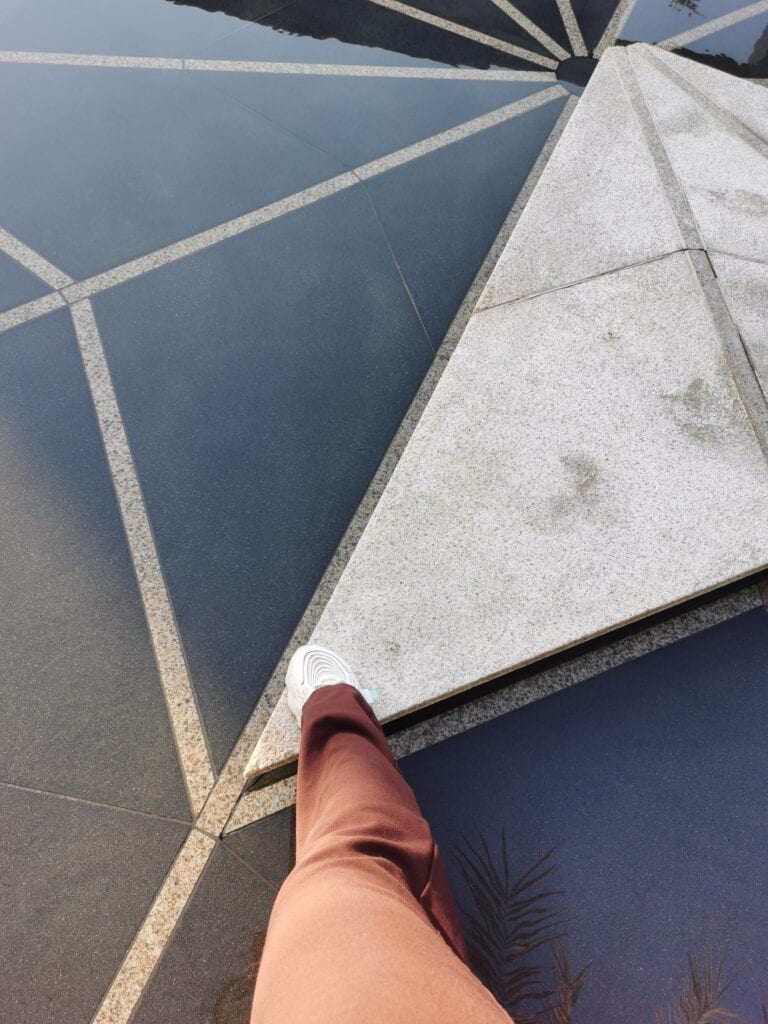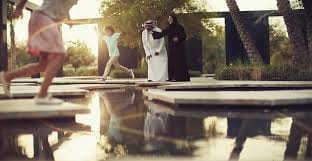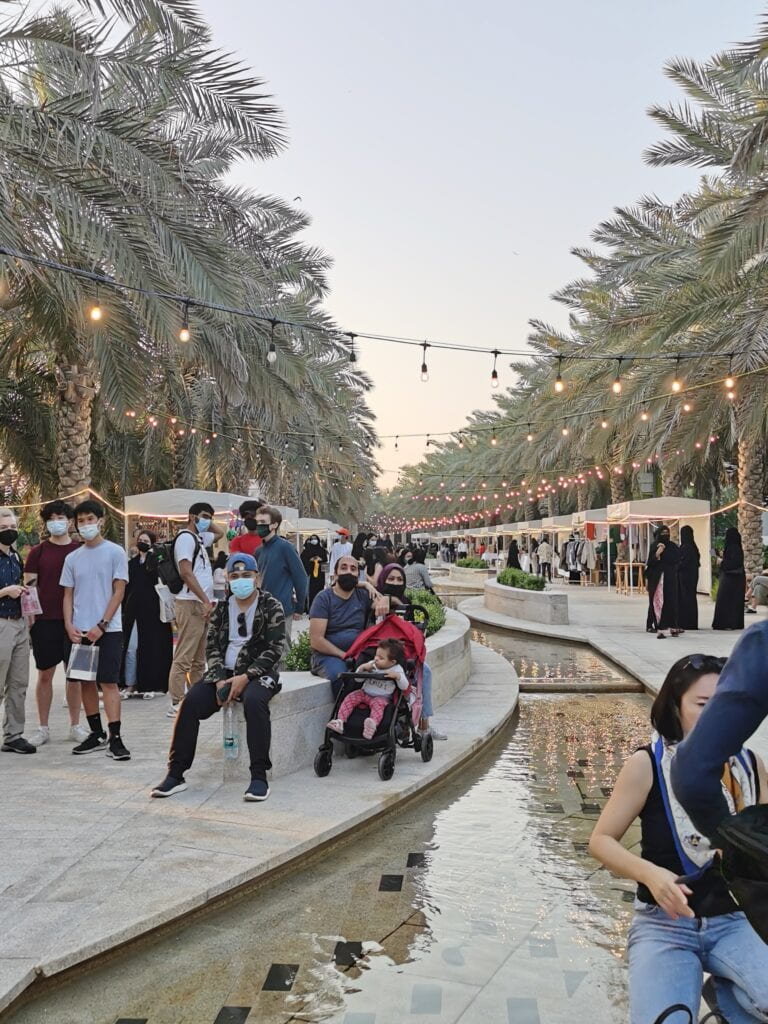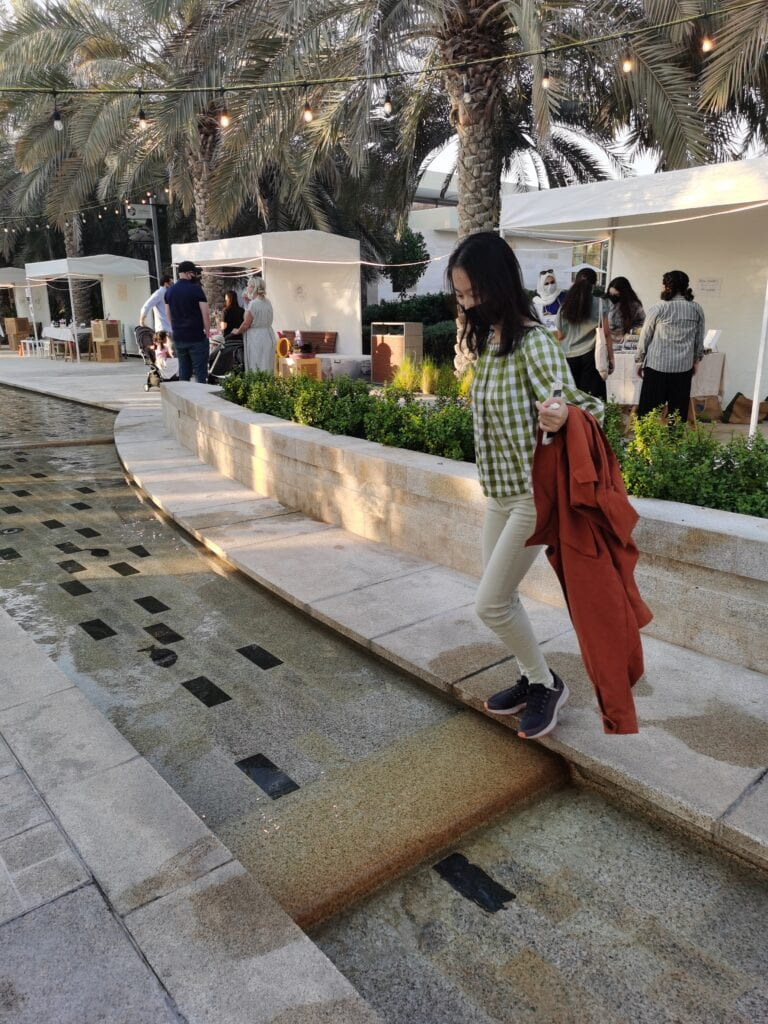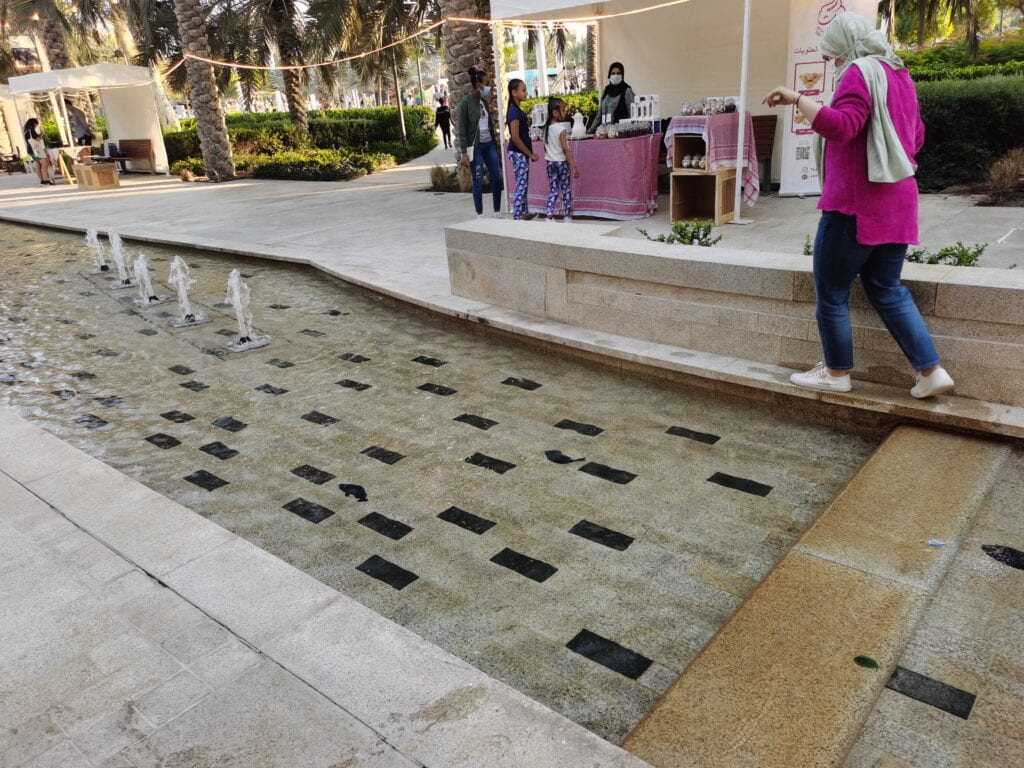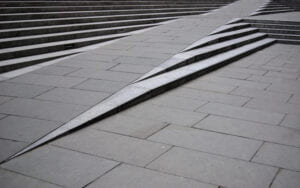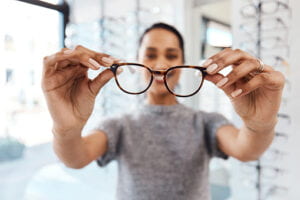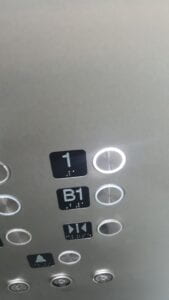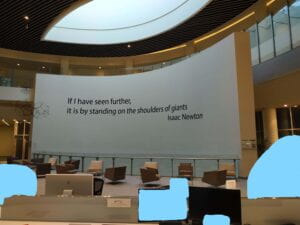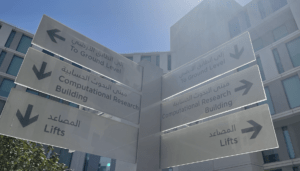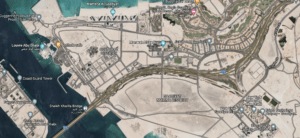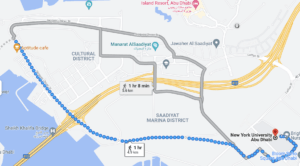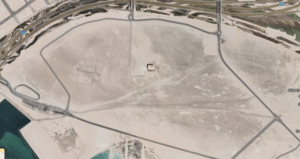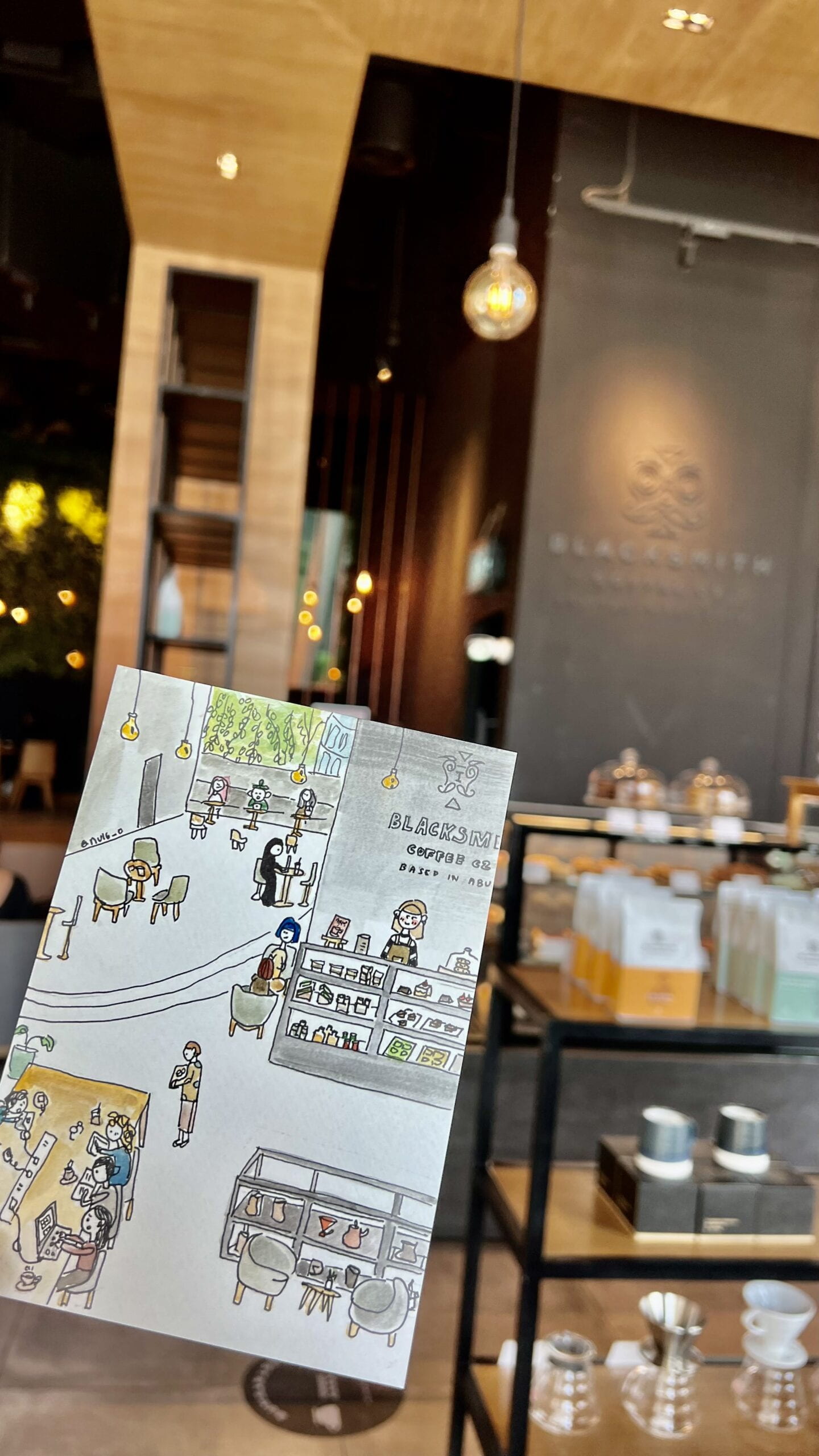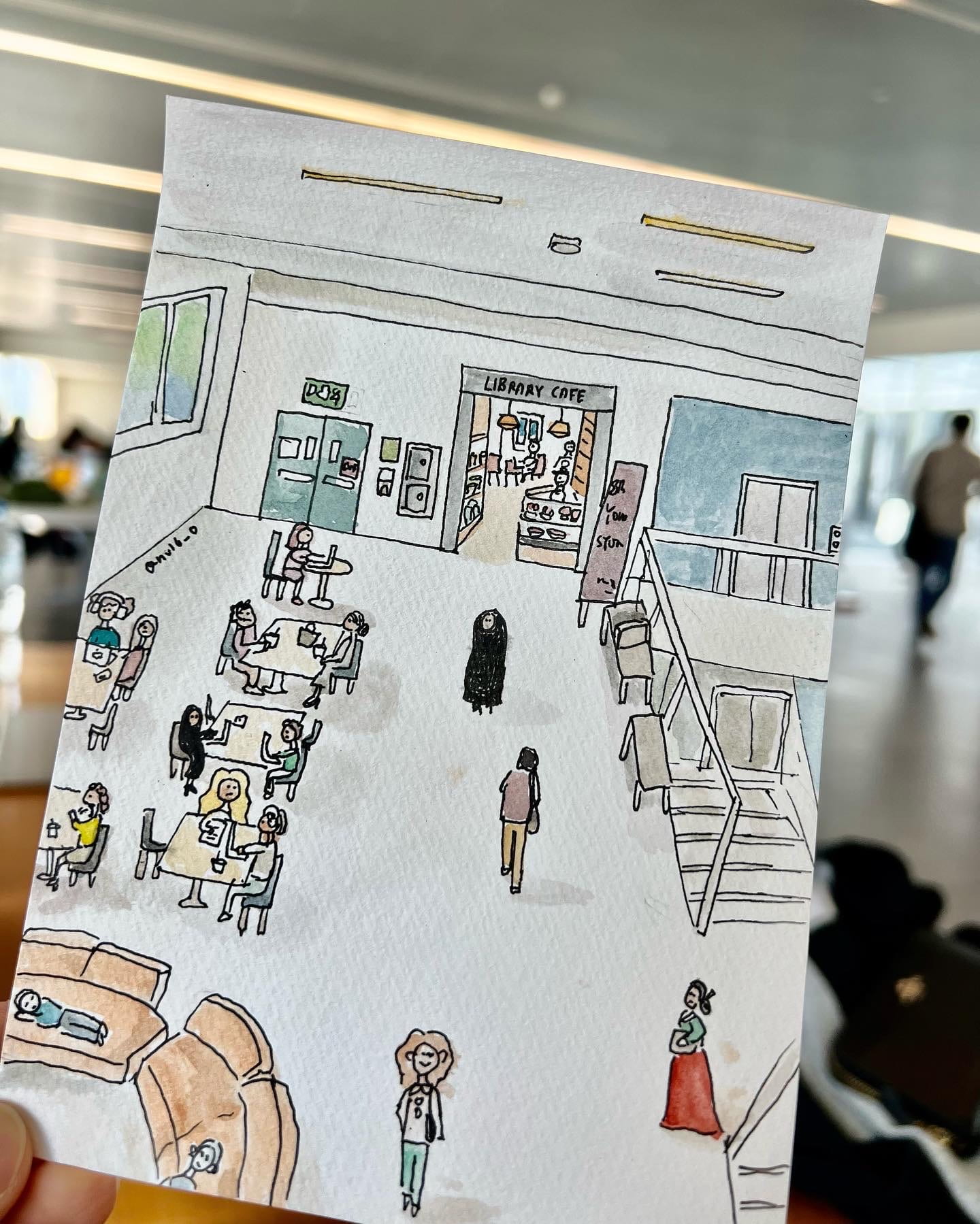Coming into the course, I had no clue what wayfinding was or why it was relevant to our day-to-day lives—enough so as to dedicate one whole class to it. It was on February 8th, when Prof. Puccetti prompted us to visit some places on campus using the wayfinding resources on campus. In short, it was a total disaster: reversed maps, unclear signage, unaccessible lifts, confusing language… It was then pretty clear that, from thinking about accessibility to the role that signage can play when exploring unknown lands, wayfinding design is key in every aspect of our lives, as individuals who are constantly moving, and trying to find their way.
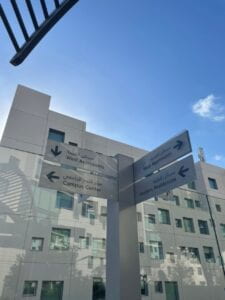
After the campus tour exercise, I haven’t been able to see things the same way—and that is a good thing. If I go to a place and I cannot find the public bathroom or it’s not clear how to use the tram, I already know: it’s bad wayfinding design. Moreover, one of the phrases I’ve always heard, “The user is always right,” has been proven true now that I am introduced to the concept of wayfinding. Finding my way to the bathroom, or even to Berlin, is the result of planning the wayfinding design of the place by being assertive and using the right nudges, also known as unconscious cues, that lead you where you need to go without giving it a long thought.
Nudges might sound like a simple, maybe even trivial term, but it is key. Let’s say you go to a concert in a city you don’t live in and it ends late—around 1 am. You need to go to the metro to get back home, but you have no idea how to get there and are skeptical of asking random strangers so late at night, but the metro closes soon. Now, how do you get there? Good wayfinding and nudges are key for you not to go through this very personal, and awful experience I had. Similar to nudges, affordance—the property of an object that defines its possible uses—is also key in avoiding getting in trouble and/or preventing the scathing of relevant objects/places that make up our identity and history. These aspects of wayfinding add value to it and the way we conduct our decision-making in life.
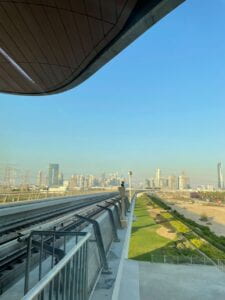
Although wayfinding factors like nudges and affordance are important, perhaps one of the most important factors of it, and design in general, is to think like a human, to plan inclusively. Whether you know someone who possesses challenges in terms of mobility and transportation, or you yourself do, or maybe you know no one, it is important to know that they exist, and they deserve to access these spaces as much as you. They—like you—probably want to go to the beach, travel, or go for a coffee around the corner of the street, and they must have ramps, plain grounds, or signage that can help them move around and enjoy—guess what—a normal life.
From making places inclusive to helping us find our way in unknown places, the benefits of wayfinding are clear, but what about the challenges or dangers of bad wayfinding? As Bernard Rudofsky once said, “Altogether, cities correspond closely to the ideas and ideals of their inhabitants. They are the tangible expression of a nation’s spirit, or lack of spirit.” With that in mind, we can assert that, because wayfinding constitutes the way we explore, navigate, and adapt to cities, and consequently cities represent a nation’s spirit, wayfinding can impact politics, economy, culture, and our existence in this world. Without it, we are theoretically and literally lost in every aspect of our lives.
The scope of the importance of wayfinding reaches our identity and who we are in this world as we explore it. As David Gibson, author of The Wayfinding Handbook, puts it,
“The heart of a civilization throbs wherever people come together to work, play, shop, study, perform, worship, or just interact. Crowded unto bustling spaces, they share the richness and diversity of human experience as well as its challenges. In these spaces people may “find their way” in the existential sense, but they might also become overwhelmed or disoriented if they physically lose their way. Wayfinding design provides guidance and the means to help people feel at ease in their surroundings.”
In short, what Gibson tries to convey in his book is the fact that we are defined by the places in which we interact with each other, and because wayfinding plays a huge role in us getting to and using these places, wayfinding is also relevant in the role we each play in this world. Therefore, with all of the above in mind and these words from Gibson, there can be no space for doubt that we should all know, at the minimum, the basics of wayfinding.
